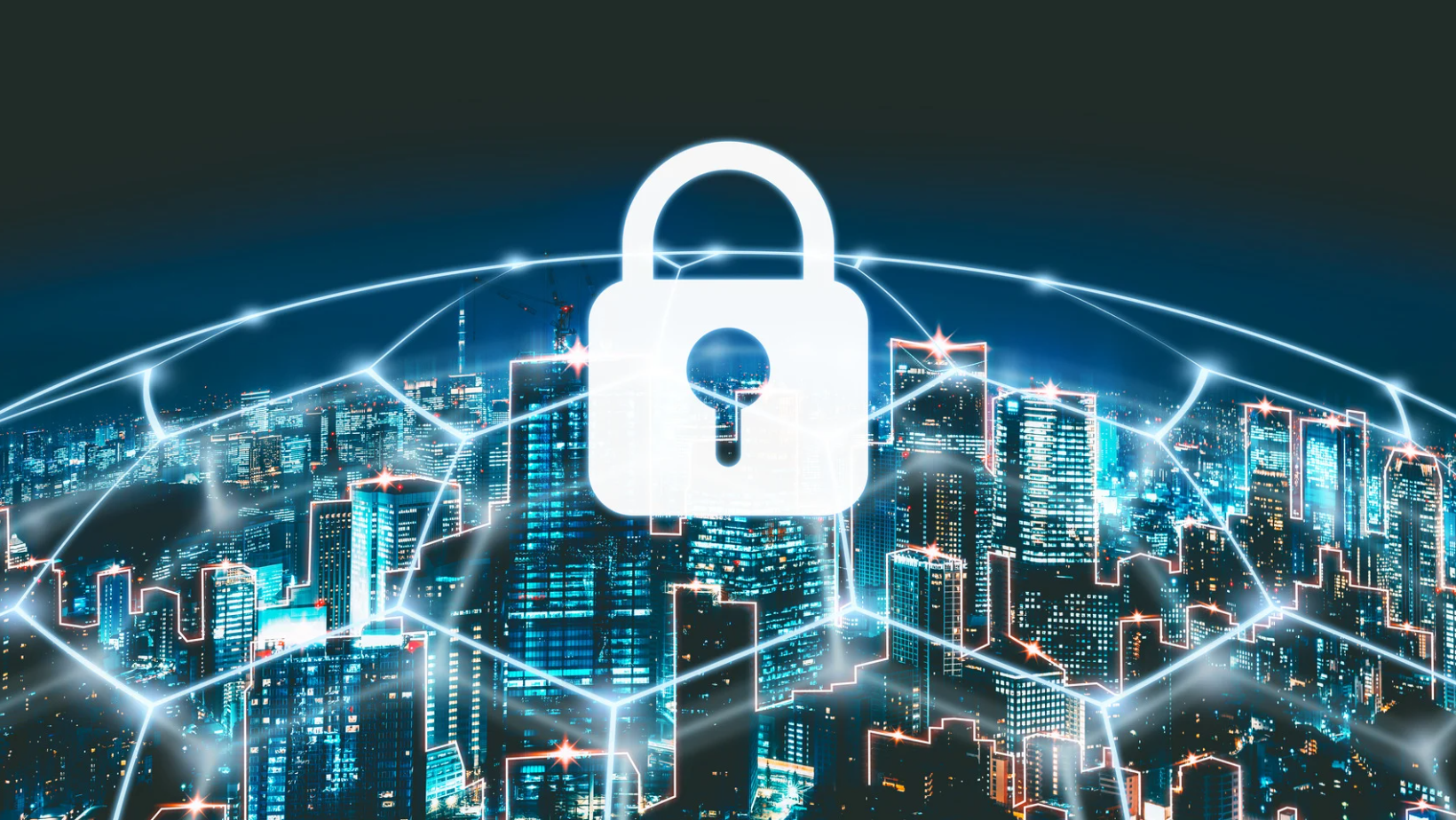 |
| Introduction to cybersecurity and its various subfields |
Cybersecurity is the practice of protecting internet-connected systems, including hardware, software and data, from attack, damage or unauthorized access. With the increasing reliance on technology in all aspects of our lives, cybersecurity has become a critical concern for individuals, businesses, and governments worldwide. In this article, we will provide an overview of cybersecurity and its various subfields, highlighting the importance of cybersecurity and the key areas that require attention.
One of the key subfields of cybersecurity is network security. Network security is the practice of securing a computer network from unauthorized access, use, disclosure, disruption, modification or destruction. This includes protecting network-attached devices, such as routers and switches, as well as ensuring the confidentiality, integrity and availability of data transmitted over the network. Network security is critical for the protection of sensitive information, such as financial data, personal information, and intellectual property.
Another important subfield of cybersecurity is application security. This involves ensuring the security of software applications, both on the client side (such as a web browser) and the server side (such as a database). This can include preventing unauthorized access, use, disclosure, disruption, modification or destruction of data. This field is critical for protecting sensitive information, as well as for ensuring the availability of services and applications.
A third important subfield of cybersecurity is information security. This involves the protection of information and information systems from unauthorized access, use, disclosure, disruption, modification, or destruction. This includes protecting sensitive information, such as personal data, financial data, and intellectual property, as well as ensuring the availability of information systems. Information security is critical for the protection of an organization's reputation and for ensuring the continuity of its operations.
A fourth subfield of cybersecurity is incident response and disaster recovery. This involves having a plan in place to respond to and recover from a cybersecurity incident. This can include identifying and containing the incident, eradicating the threat, recovering data, and returning to normal operations. This field is critical for minimizing the impact of a cybersecurity incident and for ensuring the continuity of an organization's operations.
Another important subfield of cybersecurity is cloud security. As more and more organizations are moving their operations to the cloud, it's critical to ensure that the cloud environments are secure. This involves protecting data in the cloud from unauthorized access, use, disclosure, disruption, modification, or destruction. This field is critical for protecting sensitive information, as well as for ensuring the availability of cloud-based services and applications.
A sixth subfield of cybersecurity is IoT security. IoT (Internet of Things) security involves securing the devices and sensors that make up the Internet of Things. This includes protecting these devices from unauthorized access, use, disclosure, disruption, modification, or destruction. This field is critical for protecting sensitive information, as well as for ensuring the availability of IoT-based services and applications.
In conclusion, cybersecurity is a critical concern for individuals, businesses, and governments worldwide. The various subfields of cybersecurity, such as network security, application security, information security, incident response and disaster recovery, cloud security and IoT security, are all important for protecting sensitive information, ensuring the availability of services and applications, and minimizing the impact of a cybersecurity incident. With the increasing reliance on technology in all aspects of our lives, it's more important than ever to be aware of cybersecurity risks and to take steps to protect ourselves, our organizations, and our critical infrastructure from cyber threats.
It is important to note that cyber security is a continuous effort, it is not only to have the technology and policies in place but also training and awareness for all personnel to be able to recognize and react to potential threats and also to continuously monitor and update.
Another important subfield of cybersecurity is identity and access management. This involves managing the identification and authentication of users and devices, as well as controlling their access to resources. This can include implementing strong password policies, using multi-factor authentication, and monitoring access to resources. This field is critical for ensuring that only authorized users have access to sensitive information and systems, and for preventing unauthorized access and use.
Cryptography and encryption are also a key area within cybersecurity. Cryptography is the practice of securing communication by encoding information to prevent unauthorized access. Encryption is a specific form of cryptography that involves converting plain text into a code to protect it from unauthorized access. This field is critical for protecting sensitive information, such as financial data and personal information, when it's transmitted over the internet or stored on a device.
Lastly, social engineering and human factors in cybersecurity are also an important subfield. Social engineering is the practice of manipulating individuals into divulging sensitive information or performing actions that could compromise the security of a system. It targets the human weaknesses that make us susceptible to influence, persuasion, and deception. Therefore, it's important to be aware of these types of tactics and how to identify and prevent them.
In conclusion, cybersecurity is a multifaceted and ever-evolving field, which requires a comprehensive approach to protect against various threats and attacks. Understanding the various subfields of cybersecurity, including network security, application security, information security, incident response and disaster recovery, cloud security, IoT security, identity and access management, cryptography and encryption, and social engineering is important for individuals, businesses and organizations alike. With the increasing dependence on technology, it's essential to stay informed and take proactive measures to secure our digital assets, protect sensitive information and maintain business continuity.
